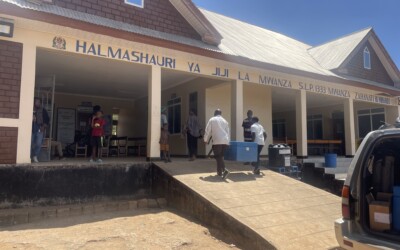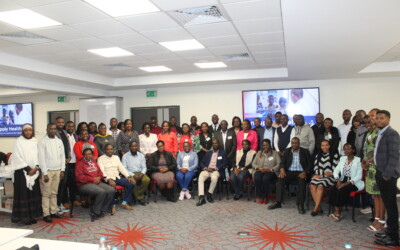Background
In 2015, the Expanded Programme on Immunization (EPI) review team observed low data quality, parallel reporting systems, low capacity and incentive to collect and use data for performance improvement among key obstacles in monitoring and improving immunization program performance. The Immunization and Vaccines Development (IVD) program was facing challenges having the complete picture of performance to be able to provide support and resources equitably. To ensure the availability and accessibility of high-quality data for evidence-based decision making, the team recommended the IVD program to work with partners to optimize the use of electronic information systems through the development and implementation of a user-friendly and interoperable Vaccine Information Management System (VIMS). The VIMS ensures a single point of entry of vaccine supply, cold chain equipment and immunization services data.
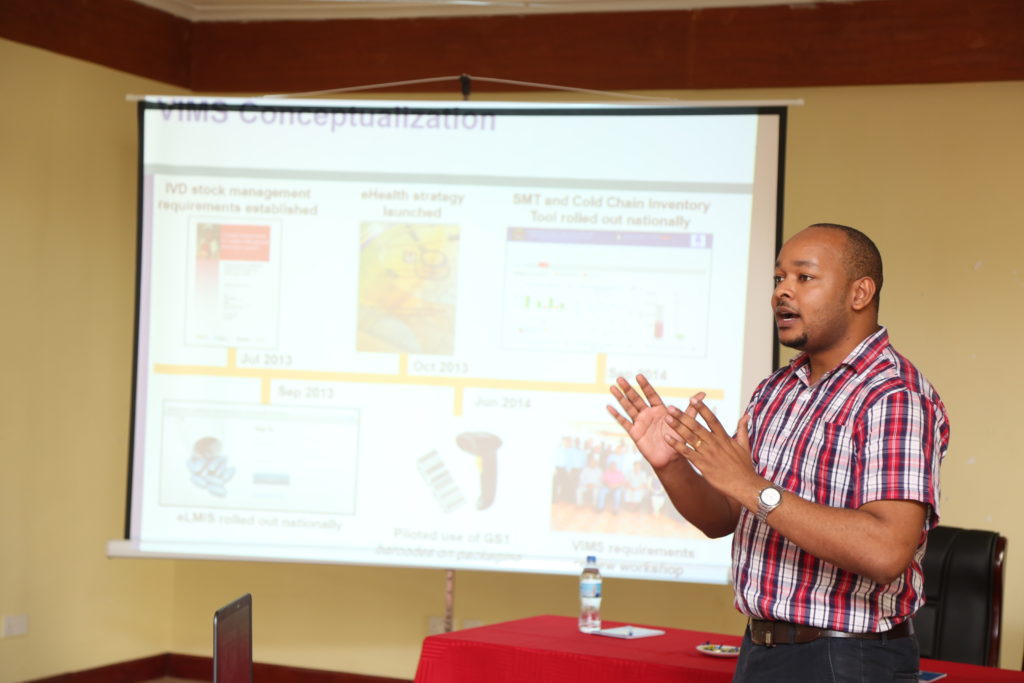
User-Centered Implementation of VIMS
The VIMS was pre-tested in 44 districts from 7strategically selected regions of Tanzania mainland(Dar es Salaam, Arusha, Mwanza, Mtwara, Njombe, Lindi, and Tabora) to inform design and usability. Experienced super users from pre-test regions were part of trainers during the scale-up in other regions. This peer to peer learning approach enhanced learning and resulted in speedy scale-up.
Further, enhancement of the system involved engagement of immunization managers from the national, regional, council levels, and health workers from facilities that collect information data on vaccines and immunization services.
Life before VIMS
“Data availability was a big challenge,” recalls Mr. Amos Kiteleja, the regional immunization and vaccines officer (RIVO) from Mwanza region.
“…Reports were physically filled out in paper forms and submitted from facilities to district levels. Health workers used a lot of time to fill out and organize the paper reports and a lot of resources were used to transport them to districts. At the district level, these paper reports were then entered in Excel tools and more resources used to buy filing cabinets, files, and space to keep the files. At the regional level, I had to aggregate district-level data and analyze it in Excel to have regional and level performance before sending it to the national level. The reporting process was inefficient and ineffective despite the amount of resources dedicated. This meant only a few people had access to see and work on reports provided. There was no integration between the tools used to monitor immunization program performance, cold chain equipment, and vaccine stock availability data as there was no way to triangulate data amongst them.’’
Success Story
In just 3 years, VIMS was successfully being used in all 26 Tanzania mainland regions, providing real-time data from 184 councils and over 6,500 health facilities.
Investing in VIMS provided instant results: 100% reporting rate with an average of 90% of reports being submitted on time. This data is available for everyone across all levels to use.
VIMS managed to improve accessibility and timeliness of immunization information,
managers at the upper level can access the reports from the lower level and track delays and quality issues. With this information, supervisors can do follow-ups to ensure reports are not only submitted on time but also accurate. Its intuitive and user-friendly design that follows existing business processes and user requirements make it simple for anyone to manage the system with simple training and minimal supervision.
VIMS has made it possible for coordinators from all levels, be it national, regional, district, or facilities to work together to solve the data quality problems and provide accurate and timely reports.
The system’s design which flags potential human errors for correction and real-time data availability which allows supervisors to trace late submissions of reports has led to more accuracy and timely corrections of reports. The real-time data availability also allows supervisors to trace late submissions and push health workers to submit reports on time to the district level. At the national level, PORALG and IVD program officers use VIMS to follow up on data quality, immunization performance and to plan data-driven supportive supervision visits, something that was nearly impossible before VIMS. A performance scorecard that uses data collected in VIMS has been designed by IVD and is disseminated monthly from the national to sub-national level to provide feedback on performance and increase data use for decision-making.
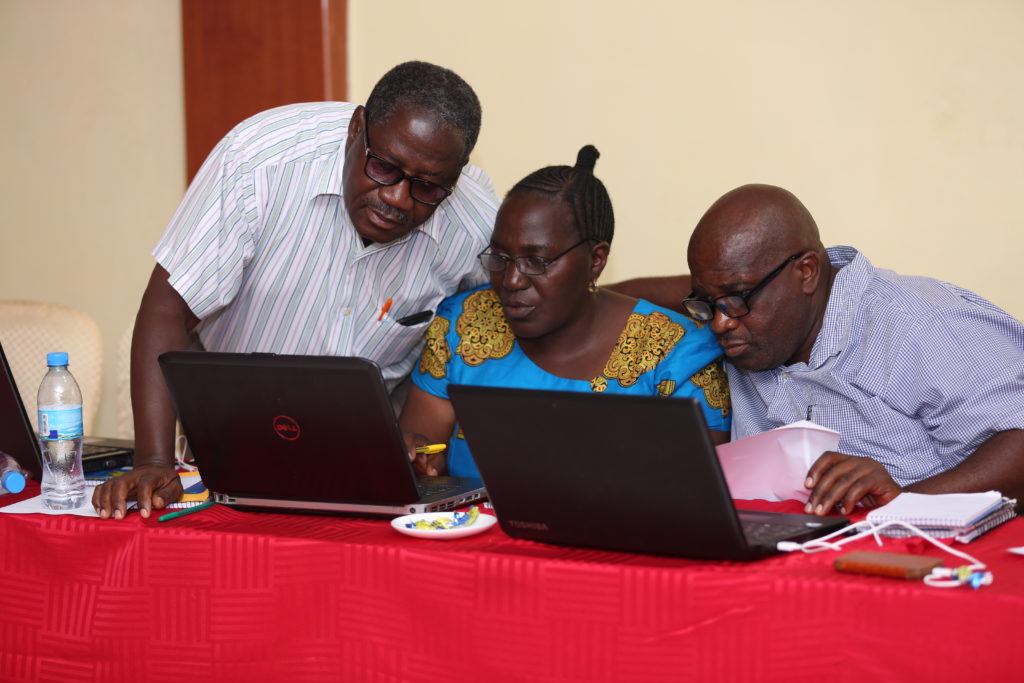
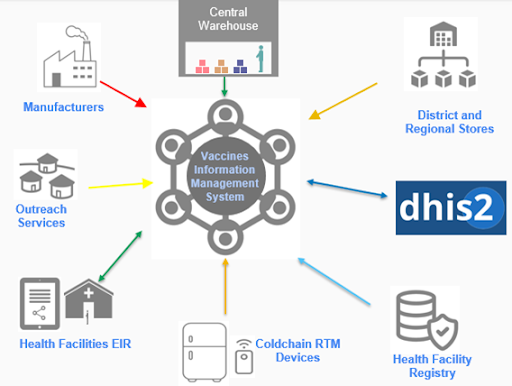
Conclusions
High-quality and timely immunization data is key to inform decisions at local, national, and global levels in order to better reach children, monitor and improve immunization program performance, successfully introduce new vaccines, prioritize resources and activities, and engage in performance improvement. Tanzania has demonstrated leadership in building the next generation of immunization information management systems by putting in place VIMS to improve end-to-end data visibility at all levels of the system and strengthening data use.
